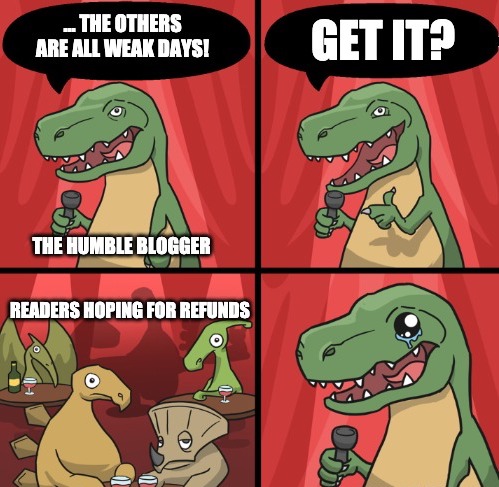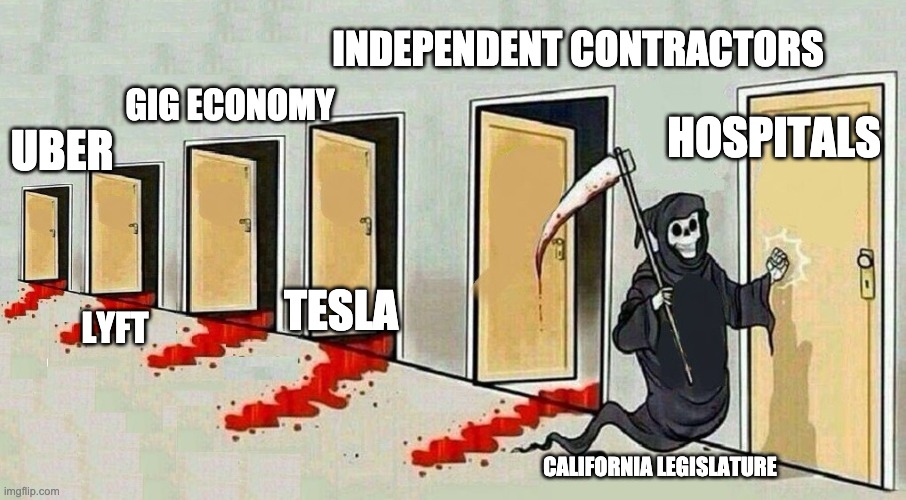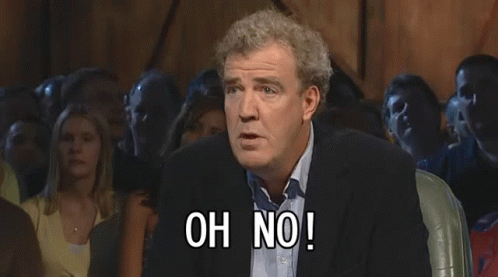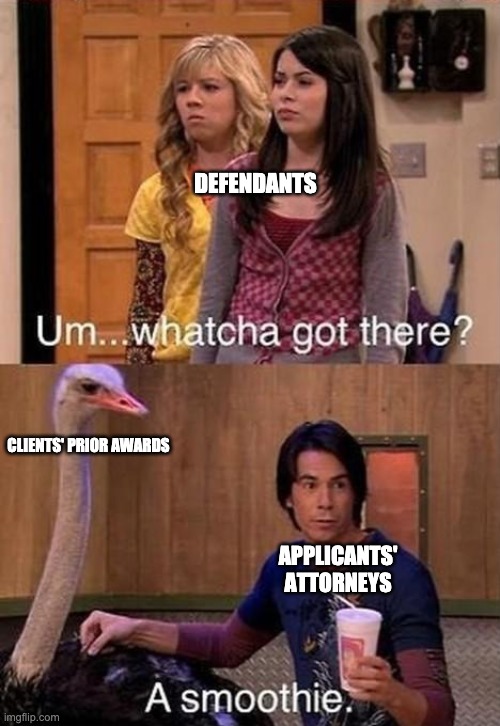Welcome back dear readers! Your humble blogger wrote on Monday that the DIR was extending emergency regulations regarding tele-medicine evaluations and reporting for med-legal exams into October. Well, what better follow-up blog post than one interpreting and applying those regulations?
A few months ago, the WCAB issued a panel decision in the matter of Pettway v. Trillium Staffing Solutions, wherein defendant sought to compel an in-person examination rather than one over video and phone. But first, a bit of background…
Emergency regulations were promulgated to allowed for safer examinations at a time of COVID19 and a rapidly evolving situation (and possibly virus) constantly changing the rules for safety. Your humble blogger is old enough to remember when were told COVID19 can’t spread from person to person, then masks didn’t do anything, then masks helped but not all masks, then it would only be 15 days to stop the spread… and on it went as new information became available.
Well, among those relevant regulations were the various subsections of Reg. 46.2, which provided for having a QME or AME “interview the injured worker either by telephone or by any form of video conferencing” with in-person exams to follow once the stay-at-home orders are lifted.
In some situations this works great – a psychiatric evaluation really doesn’t need to measure range of motion, so video exams should be fine. In other cases, such as those that call for the measurement of grip loss, or to observe a potential malingerer as to his or her gait, video isn’t the best.
Well, in Pettway, applicant sustained orthopedic injuries and failed to attend an in-person exam with the PQME. Defendant sought to compel his attendance at the next exam, but the Workers’ Compensation Judge declined to compel physical attendance until the lifting of the Shelter in Place Order.
Defendant appealed with some interesting arguments. Initially, it argued that it was entitled to medical-legal evaluations pursuant to sections 4050 and 4053 of the Labor Code, and, secondly, because medical facilities are “essential businesses as contemplated by the Shelter-in-Place Order.
Well, your humble blogger opined previously that Governor Newsom’s orders were in conflict with the constitution when it came to presumptions of compensability, particularly because the California Legislature has plenary power over all things workers’ comp and the executive branch has no business meddling with the workings of our beloved swamp.
Presumably, to the extent that the WCAB is promulgating regulations in conflict with the Labor Code based on presumed authority granted by the executive branch’s executive orders, the same rule would apply: the Labor Code as to in-person evaluations should control.
But, as happens often enough in times of panic and mass hysteria, these arguments go by the wayside. Your humble blogger is also old enough to remember when post 9/11 security and investigatory efforts rebuffed challenges based on due process, civil liberties, and privacy rights with the retort “the Constitution is not a suicide pact.” So, too, in an effort to respond to the dangers of COVID19, no one wants to risk seeming to ignore the danger posed by the pandemic.
Your humble bloggers ramblings and soap-box preaching aside, what did the Pettway panel do with this case? They kicked it down to the trial level again, with instructions to explore a way to make everybody happy: “Although an in-person evaluation with the QME may not be possible at this time due to state and local public health orders, we will return this matter to the trial level to permit the parties to address whether the medical-legal evaluation with the panel QME … may proceed in some fashion in accordance with the DWC’s emergency regulations.”
So, let’s look at the situation, dear readers: the QME seems willing to do an in-person examination and is not requiring a phone or video med-legal exam. Defendant wants this and is willing to pay mileage and transportation costs (presumably). The only hold-up is applicant. Is there a basis in the emergency regulations for applicant to refuse to submit to an examination?
Well, for starters, section 46.2(a) provides “[d]uring the period that this emergency regulation is in effect a QME, AME, or other medical-legal evaluation may be performed as follows:” (emphasis added). That sounds like permissive language, not mandatory. Further, all the subsections to 46.2(a) appear to give the authority to set remote med-legal exams to the QME and AME, and NOT the injured worker.
Accordingly, unless the QME is refusing to do an in-person exam, compelling attendance of an in-person exam appears to be in accordance with the emergency regulations.
The practical application for this for defendants is particularly harsh. If the injured worker is receiving temporary disability benefits, often enough, the QME might be the only way to cut off TD benefits. So long as the applicant is steered to a physician who seems him or herself as a “patient advocate” rather than an objective evaluator of medical conditions, the TTD status can be expected for the long haul.
Please recall, dear readers, that at the time these regulations first became effective, May 14, 2020, there was no vaccine for COVID19. Then first vaccine was authorized by the Trump Administration with an Emergency Use Authorization in December of 2020. Although recently extended, these current emergency regulations do not account for the fact that perhaps the PQME and the injured worker are both vaccinated, which the CDC advises is now safe for in-person visits.
As we get closer to the emergency regulations being one year old, especially in light of all the changes in scientific conclusions and available remedies that were not available in May of 2020, what relevance the regulations will have and how the WCAB will apply them.
Carry on, dear readers!





